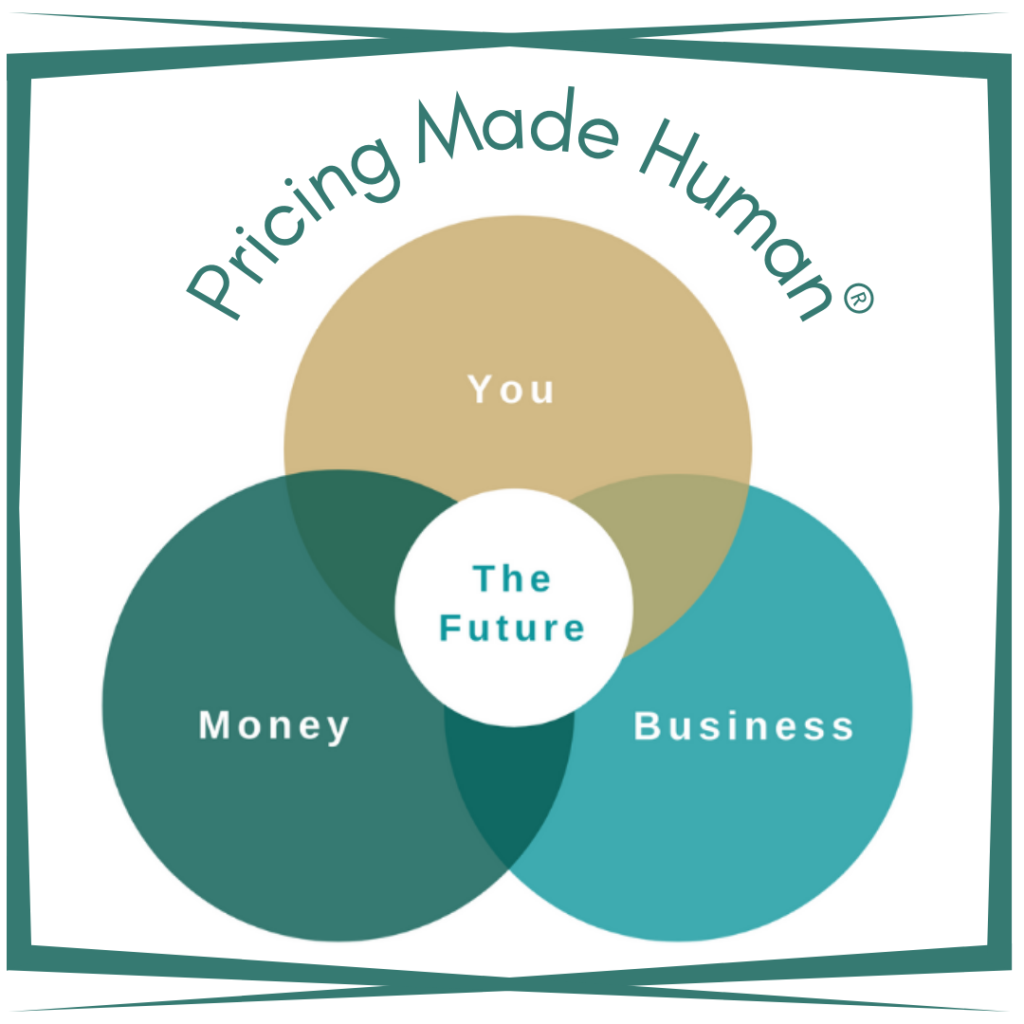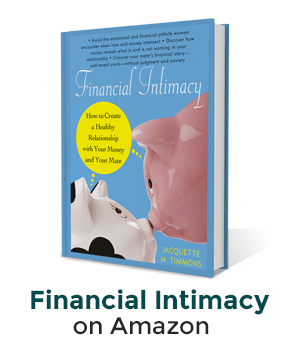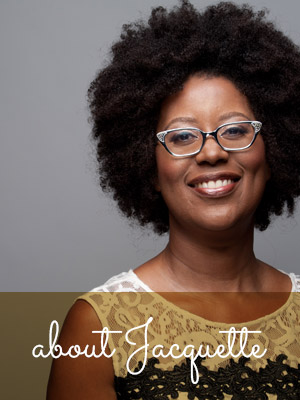“It’s failure that gives you the proper perspective on success.” – Ellen DeGeneres
I am on a roll.
And in some ways, the focus of the last two weeks has reminded me of when I was writing my book, “Financial Intimacy.” Meaning: I have been head down working on proposals, preparing presentation decks and practicing for upcoming speeches and workshops. On top of working with coaching clients.
So, it’s been a full and busier than usual two weeks. And thanks to my Productivity Planner, I mapped out what needed to happen each week and each day. It’s been productive, and I feel accomplished.
I also feel drained.
You see, after the fact, I realized I made a classic planning and productivity mistake: I didn’t create a buffer. I didn’t properly account for what could go wrong and slow me down.
And man was I slowed down by factors I had not accounted for. So much so that some things took between twice and three times as long as I had estimated.
What I did in terms of managing my schedule is something you and I tend to inadvertently do when it comes to creating financial plans and managing our money, too.
We don’t have a “fallback” plan (as they say in the tech space).
Let’s see if I am right: After you mapped out your 2017 game-plan for success and gave it a day or two to “breathe,” did you go back and ask yourself what could go wrong – what could interrupt your thoughtfully laid out actions of what you’ll do, when? In other words, did you ask what could prevent you from reaching your goals?
I find that far too often you and I are afraid to ask what could cause us to fail.
Even though asking that on the front-end is far more advantageous than asking why did we fail on the back-end. And by fail, I mean what could derail you or slow you down – just as much as what could cause you to miss the mark entirely.
Identifying and planning for what could get in your way is the weird self-care hack that can help you make better choices around your money.
And, ensure you leave less money on the table in the process.
Creating buffers in terms of time, money and other resources is not something usually associated with the practice of self-care.
I think it should be.
Because creating buffers not only helps to reduce stress when things go awry. Doing so can also help you pay more attention and notice possibilities you may have initially overlooked.
Model tech and software companies
In this regard, there are several things we can learn from tech and software companies that utilize a “failure-tolerant” approach to how they launch new products and initiatives.
Specifically, how to prepare for failure.
Here are three ways, in particular, that your financial plans and approach to managing money can benefit from the practice of preparing for failure:
First, when you think about what could go wrong, what you’re actually doing is thinking ahead – objectively. When you consider your worst-case scenarios, you’re anticipating challenges and putting yourself in a position to prevent them from happening.
Second, you can develop “if-then” responses. Once you’ve listed the potential obstacles (from above), you’re now ready to think about what you’ll do if it happens. In this way, you avoid making rash, in-the-moment decisions that are purely emotional and aren’t well thought out. Instead, you are intentional even when things feel out of control.
Third, when you predetermine what could go wrong, you identify the conditions that will trigger a full-stop quit vs. an invitation to re-evaluate, adjust and pivot either your strategy, tactics or both. This step alone can prove to be paramount in terms of helping you recognize the difference between when things get difficult but you should push through and go on, and when things get difficult and you should cut your loses.
I’ll be the first to admit that it doesn’t feel natural to plan for failure. But, man, is it necessary. And when you do it, you discover that it is rather powerful! Because in a way it gives you a greater sense of clarity and confidence that is unmatched when you just plan for success.
In a weird way, when your plan for success includes a plan for failure you end up feeling like a bad-ass. You have that “I’ve got this!” thing going on.
Its a work in progress for me, too. But I rather like feeling like a bad-ass. How about you?
p.s. I’m doing a live YouTube video chat with the folks at Experian this Wednesday, February 22nd at 3pm ET. Tune in as we talk about no excuse strategies for improving your financial situation. Here are the details to follow along on Twitter, too: #CreditChat @jacqmtimmons http://ex.pn/tough
p.p.s. The theme for our next The Comfort Circle™ event: navigating and negotiating the emotional and financial dynamics when women earn more – whether dating, living with someone or married. If you’re in the NYC area, won’t you join us? February 27th is the date. Click here to RSVP.

The Financial Wheel
The framework & eCourse that will help you get clearer on how the choices you are making (and need to make) affect your life - today and in the future.




